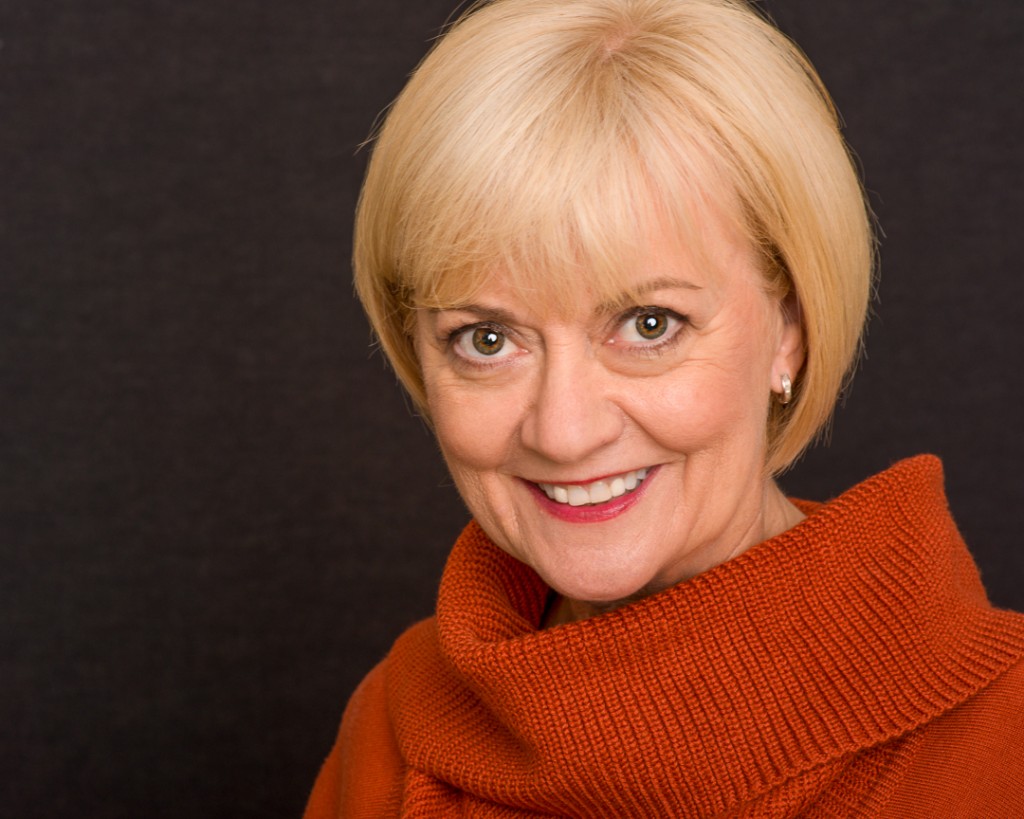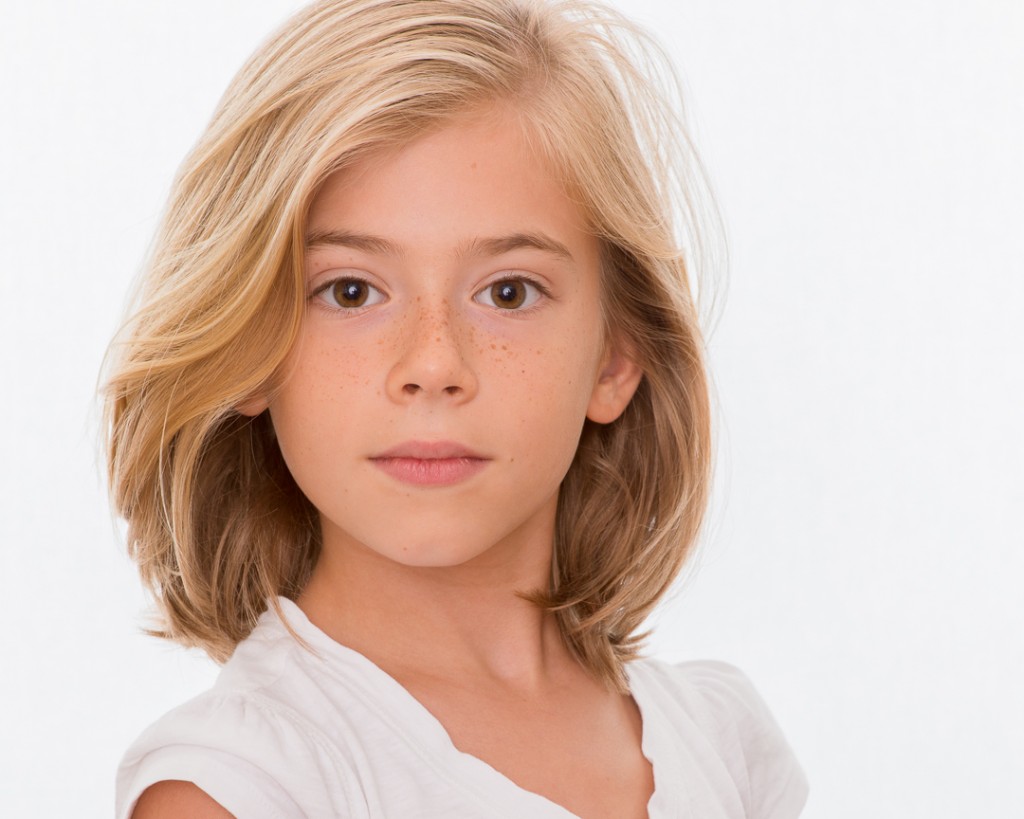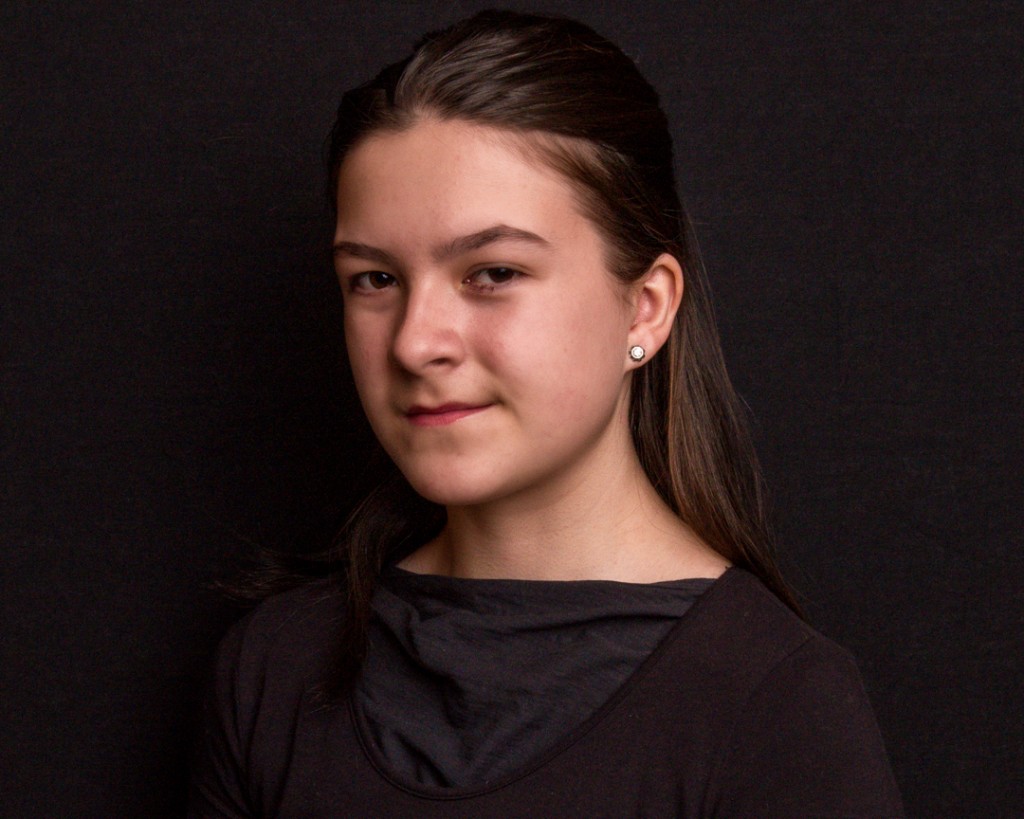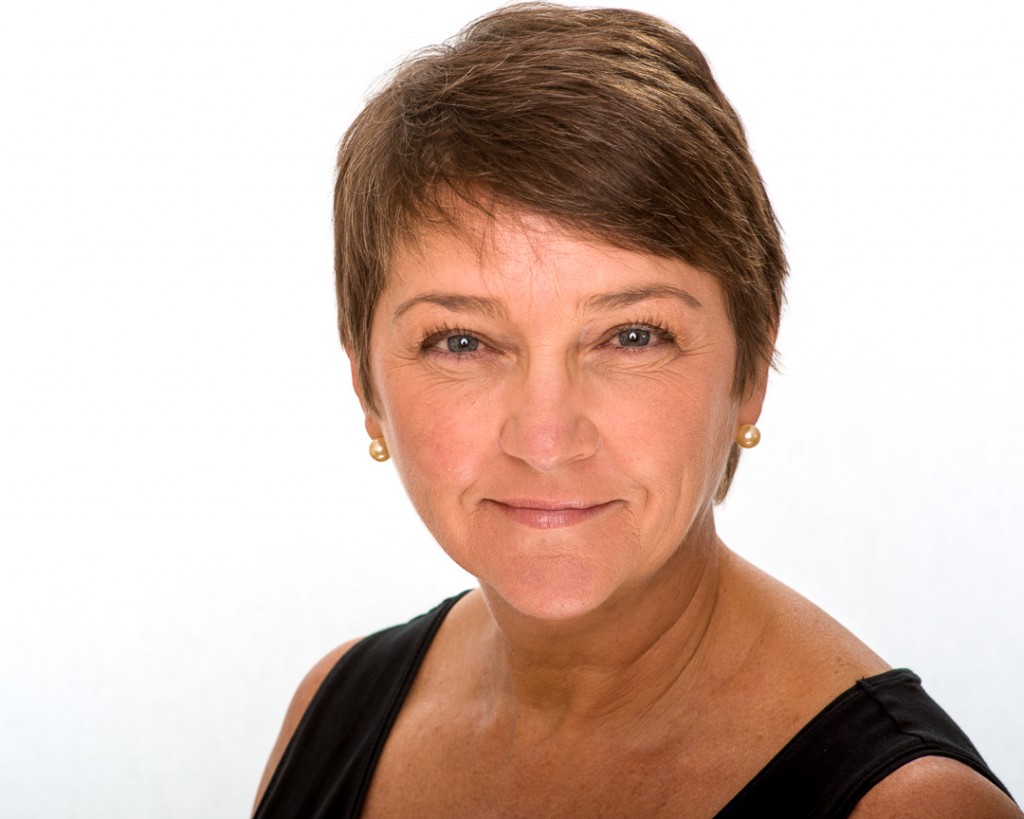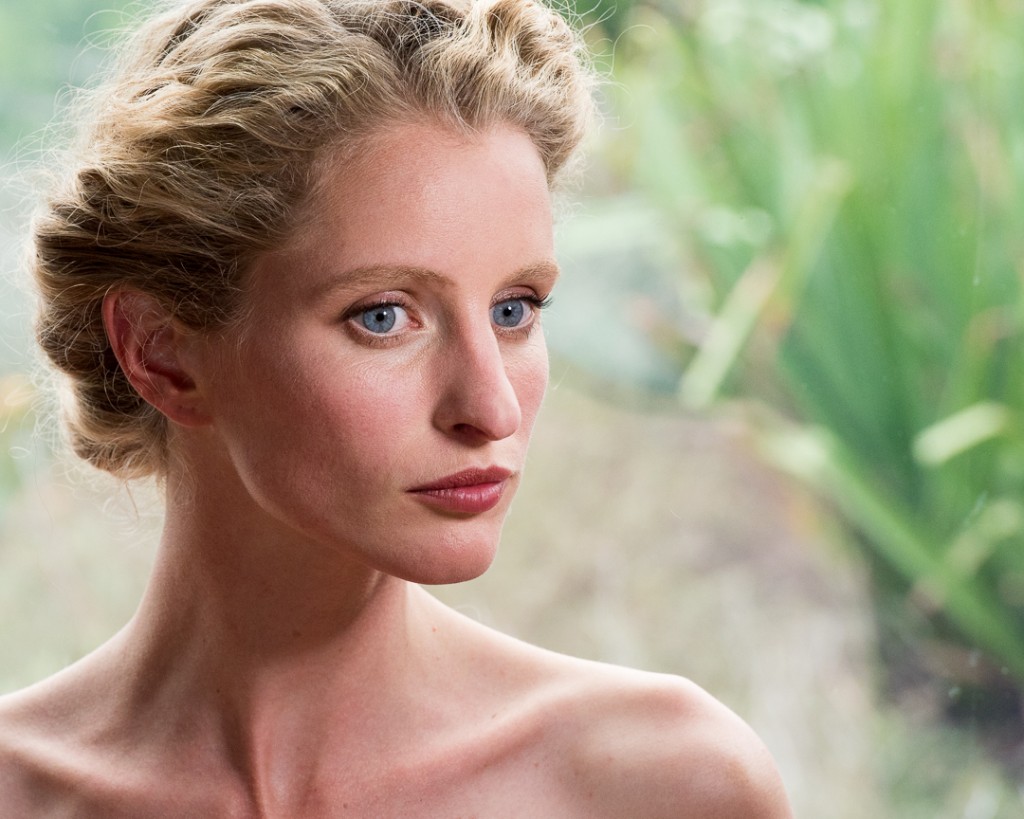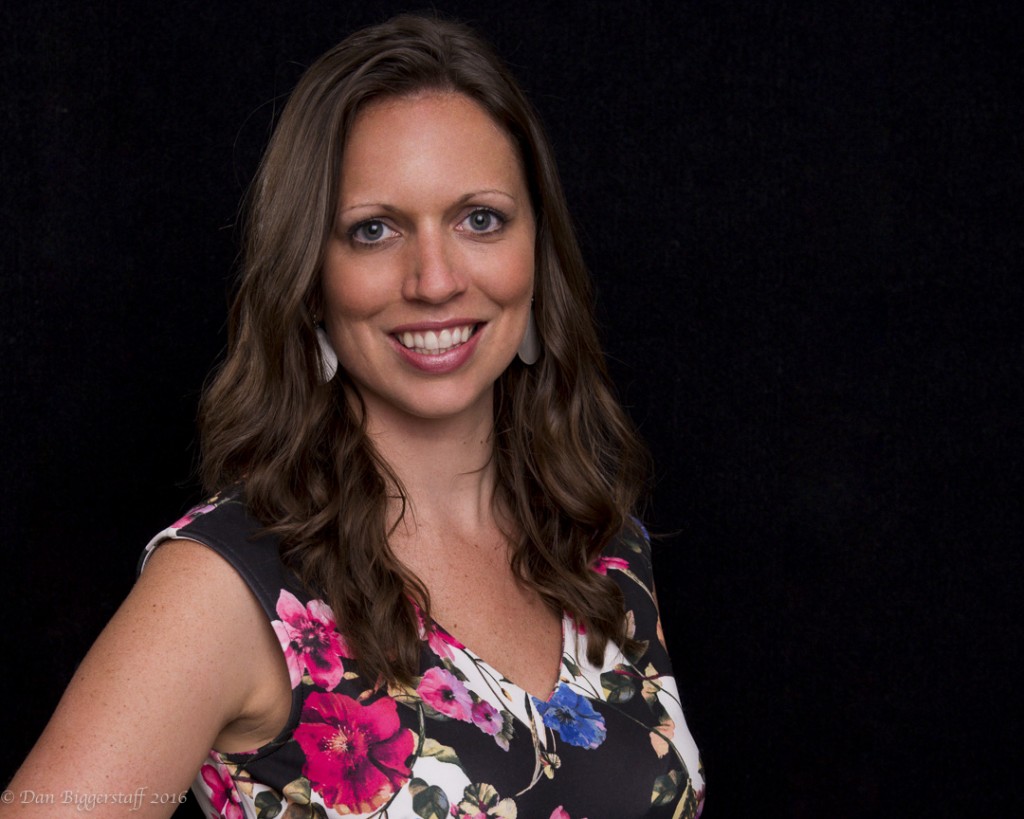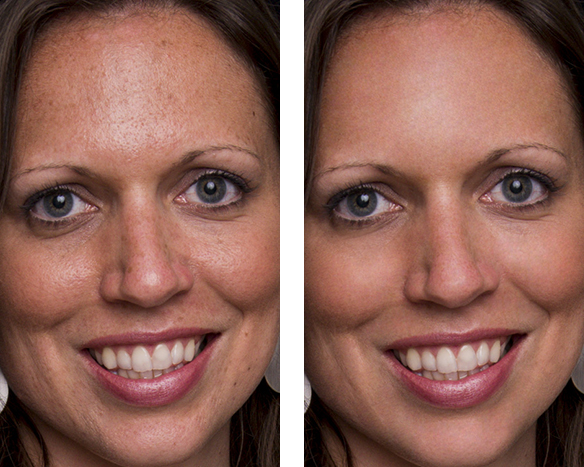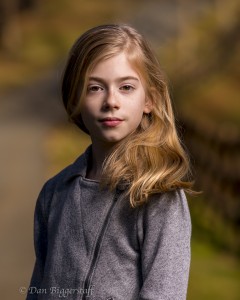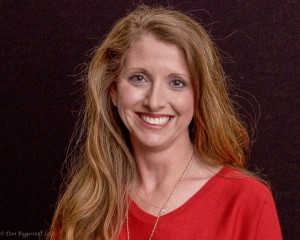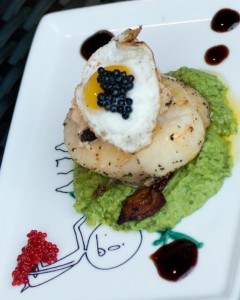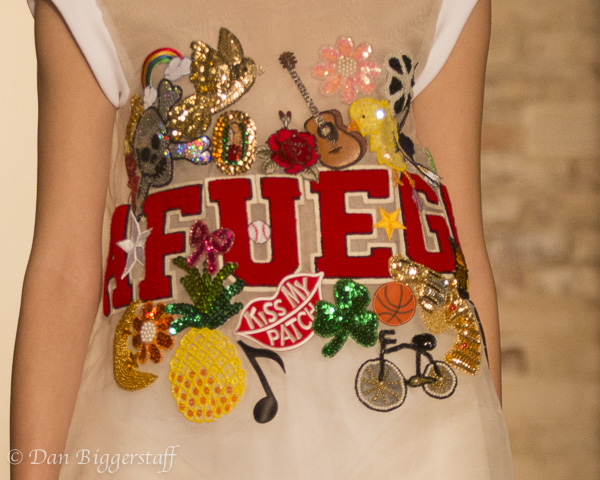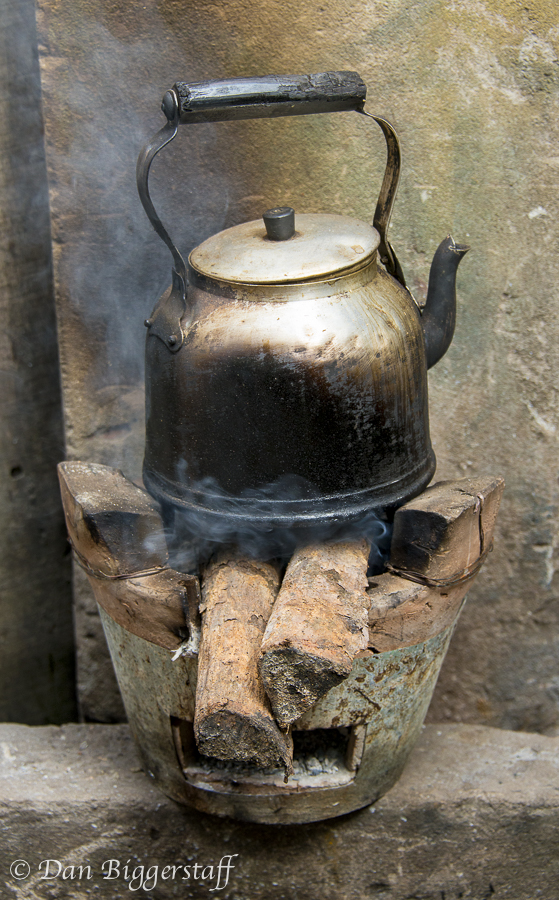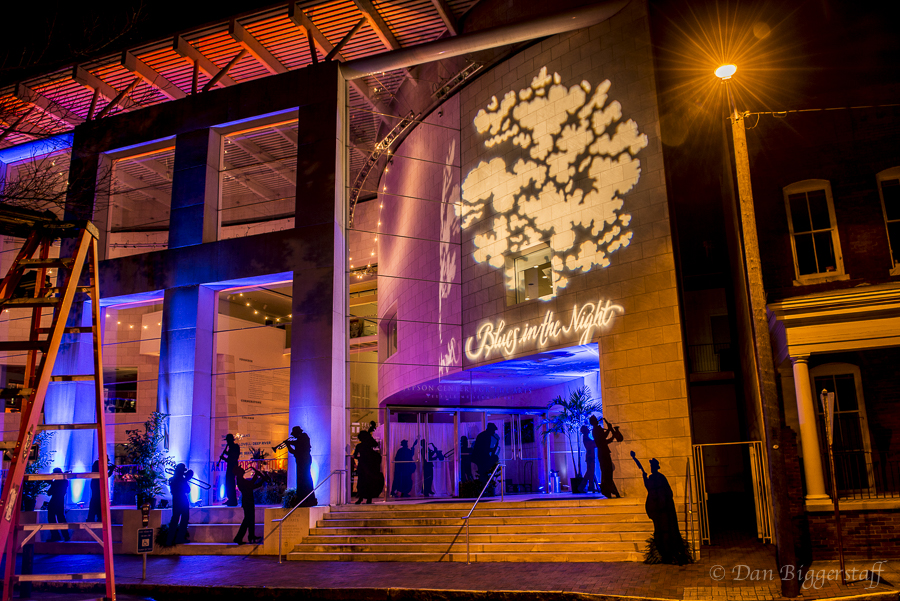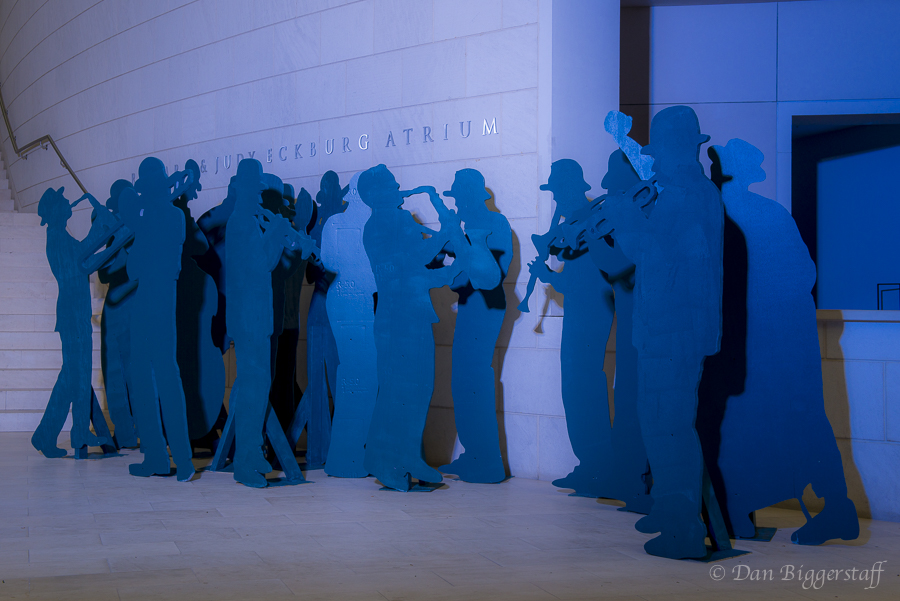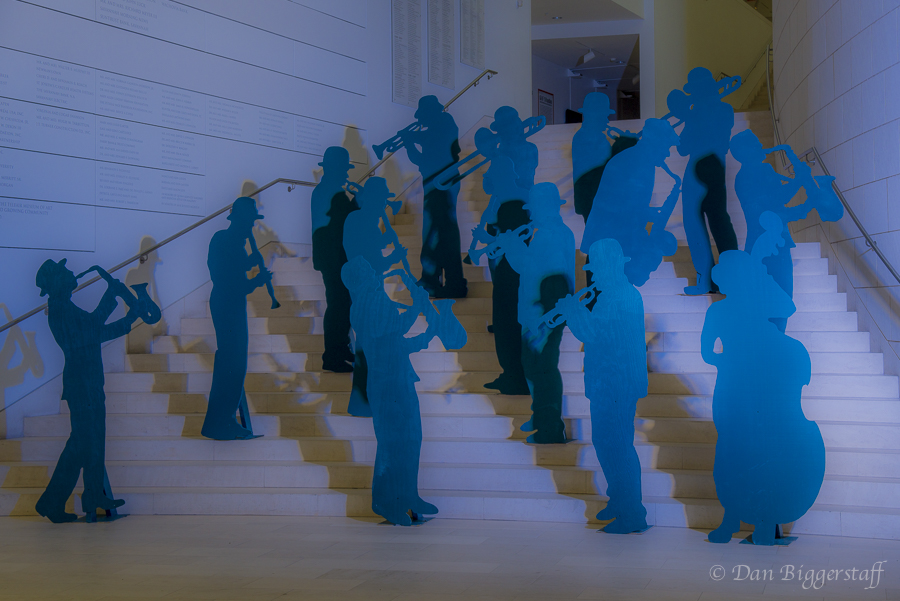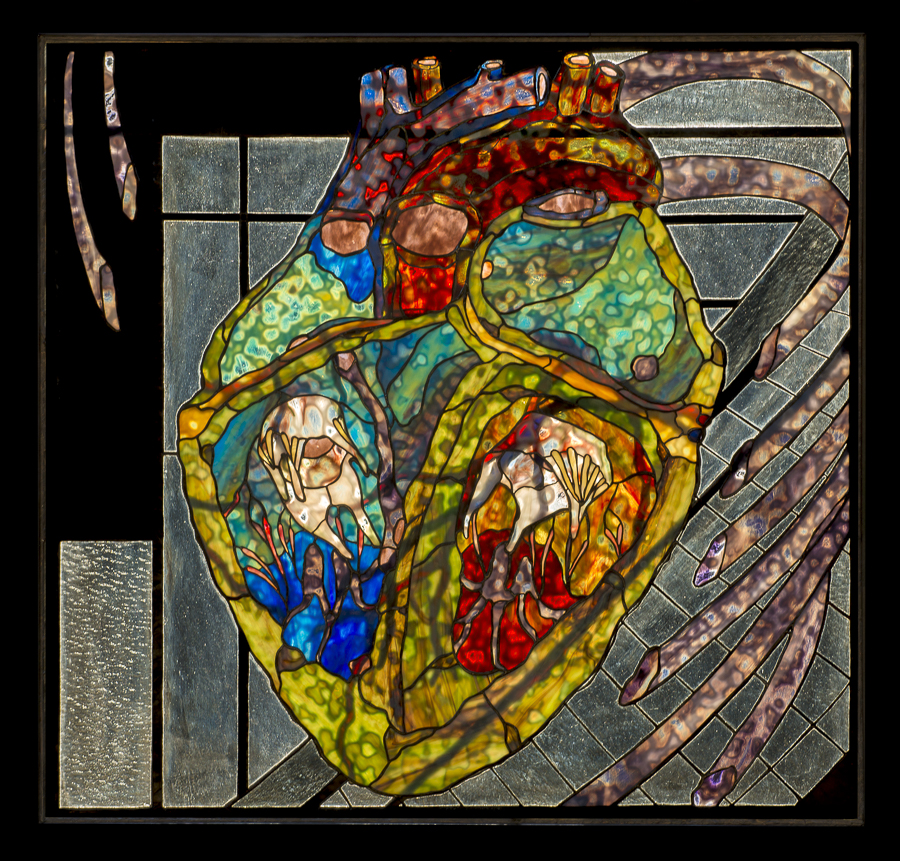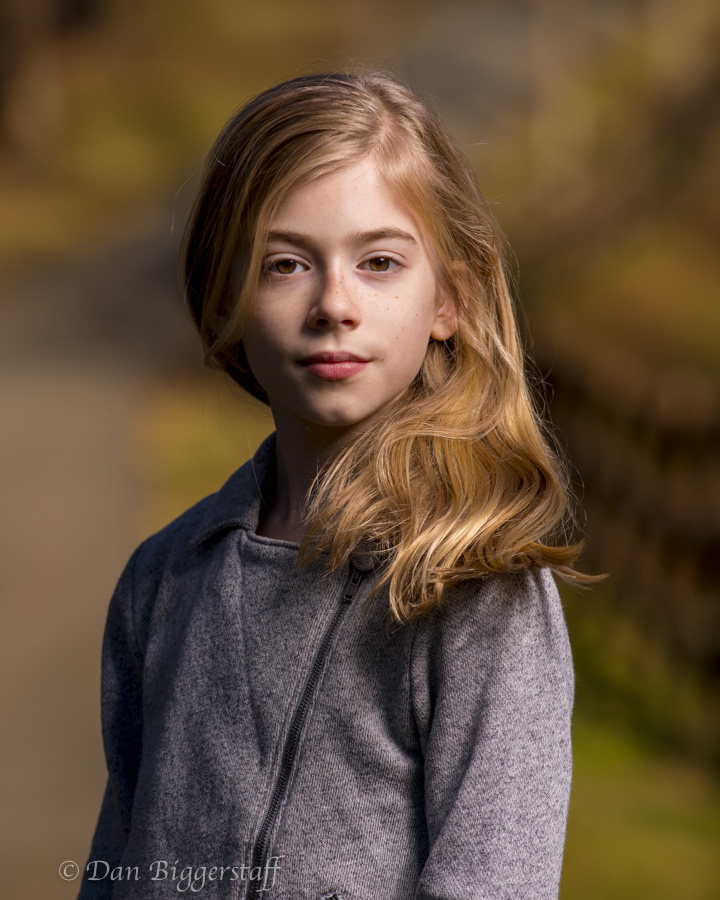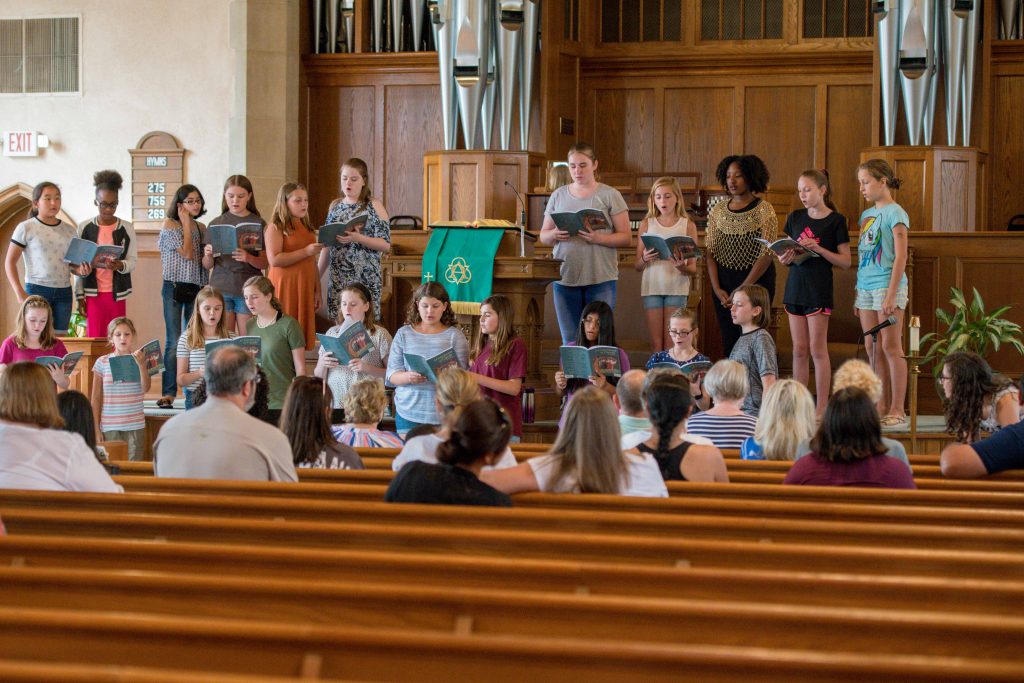
All skills require practice to maintain proficiency and improve expertise. Photography is no exception. Whether it is a personal project or one that has been assigned for commercial work, these promote skill. Below is a brief story about a personal project that began 2 1/2 years ago, and one that I hope will continue for many years. The photograph was taken the young ladies sang after only 2 rehearsals for their parents attending an orientation meeting – amazing young women, with amazing talent. I cannot wait to see and hear them throughout the coming year.
RISE Chorales (www.risechorales.com) began with its first rehearsal on March 21, 2016 under the leadership of Emmy Williams Burch, with the assistance of Cuffy Sullivan. The young women’s choral group was formed to promote excellence in singing, in addition to providing an opportunity for socializing and community service. The first time I photographed Emmy was several years earlier when she was the Conductor of The Savannah Children’s Choir. During the first rehearsal attended, I was almost brought to tears watching Emmy working with the children, her energy and vibrancy, her care and compassion, and always her excellence in teaching and conducting. RISE has grown since the early days and has found a home at First Presbyterian Church where they rehearse, perform during services, and offer concerts several times a year.
The majority of my photography of the group is with ambient light, except twice a year when I do headshots of the young ladies with the addition of studio lighting. The available light in the sanctuary is not bright, an understatement. I typically use ISO settings of 1600-3200 and am using f-stops between 1.4 and 3.5. Most of the photos are shot hand-held.
To view, and purchase if desired, all photos from RISE Chorales, go to www.danbiggerstaff.zenfolio.com and click on Client Galleries, and then RISE Chorales. Select the year you would like to view and ENJOY!
Copyright Dan Biggerstaff Photography. All Rights Reserved © 2018

